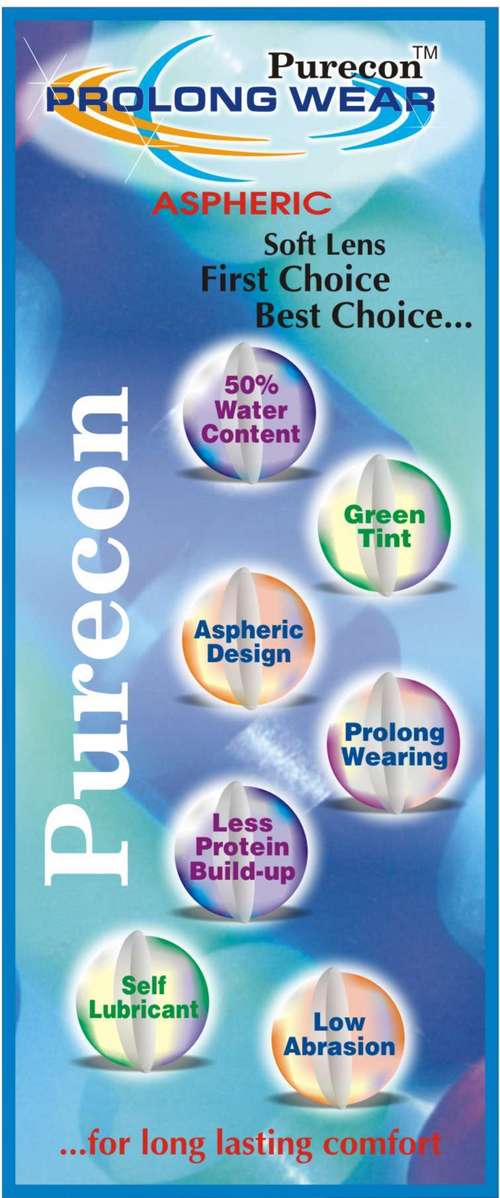

Acknowledging these from the start will lead to a more optimal result.Ĭonsider an alternate method of vision correction if your patient has a tropia and lacks stereopsis. Finally, emmetropic and low-hyperopic presbyopes are likely experiencing vision problems for the first time-an alarming revelation to these patients. Consider toric multifocals for patients with higher amounts of astigmatism. Patients with higher refractive error powers often tolerate uncorrected astigmatism better. Patients with astigmatism who have “gotten by” with spherical contact lenses in pre-presbyopic years may not be able to tolerate the combined astigmatic blur and multifocal aberrations.įor most spherical multifocal designs, up to 1.00D of astigmatism can be tolerated.
SOFT LENS BLUR PLUS
1 Use the most plus or least minus prescription to maintain clear distance vision while maximizing the benefits of the multifocal. Many presbyopes experience a hyperopic shift due to decreasing index of refraction in the lens, exacerbating their presbyopic symptoms. Click to enlarge.įirst, make sure you are fitting based on an updated refraction. Your ability to win over dissatisfied patients correlates with the enthusiasm and confidence you convey in your ability to address their issues.Ĭonditions such as allergic conjunctivitis can hinder success and must be addressed to ensure patient comfort and continued multifocal lens wear. Instead, reinforce your understanding of the patient’s limitations with their current contact lens brand and prescription, then highlight your plan to assess their vision and find opportunities for improvement. This can leave the patient feeling as if they invested in a process that will yield meager results. While having appropriate expectations is important, avoid trying to immediately lower the patient’s expectations after a disappointing initial experience.

Patients with specific multifocal complaints such as distance blur, glare or inadequate near vision may be disappointed in the performance of the lenses.

For example, limiting contact lens use to only evenings or weekends generally indicates a problem with vision or comfort that limits contact lens wear in the workplace. These questions may help you realize that even if your patient’s current contact lenses are “fine,” their pattern of contact lens wear may highlight deficiencies. What do you wish you could see better with your contact lenses?.How often do you use reading glasses over your contact lenses?.How well can you see your phone and computer?.How is your vision when driving or looking far away?.At what time do your contact lenses begin to feel uncomfortable?.Would you like to wear your contact lenses longer each day?.Why don’t you wear your contact lenses every day?.In addition to the typical, “When and how long do you wear your lenses?” question, some others you can ask to help uncover room for improvement include: When asked about their comfort or quality of vision, they may shrug and remark that they are doing “fine.” This short, nondescript answer is unhelpful and means you need to do more digging to get the real picture.

Click to enlarge.Ĭontact lens wearers are not always forthcoming about problems. With today’s advances, soft multifocal lenses present many benefits to patients, and it’s worth the extra time it takes to fit them successfully. Here we discuss strategies for identifying dissatisfied patients, improving communication regarding lens wear and optimizing lens performance. Changing how you communicate and re-structuring how you troubleshoot can flip your failures into successes. However, a successful multifocal fit doesn’t have to be a rarity. Vision and comfort issues can make multifocal fitting complex and, too often, unsuccessful. At times you may also feel unhappy and frustrated yourself. If you work with multifocal contact lenses, you also deal with unhappy, frustrated patients.


 0 kommentar(er)
0 kommentar(er)
